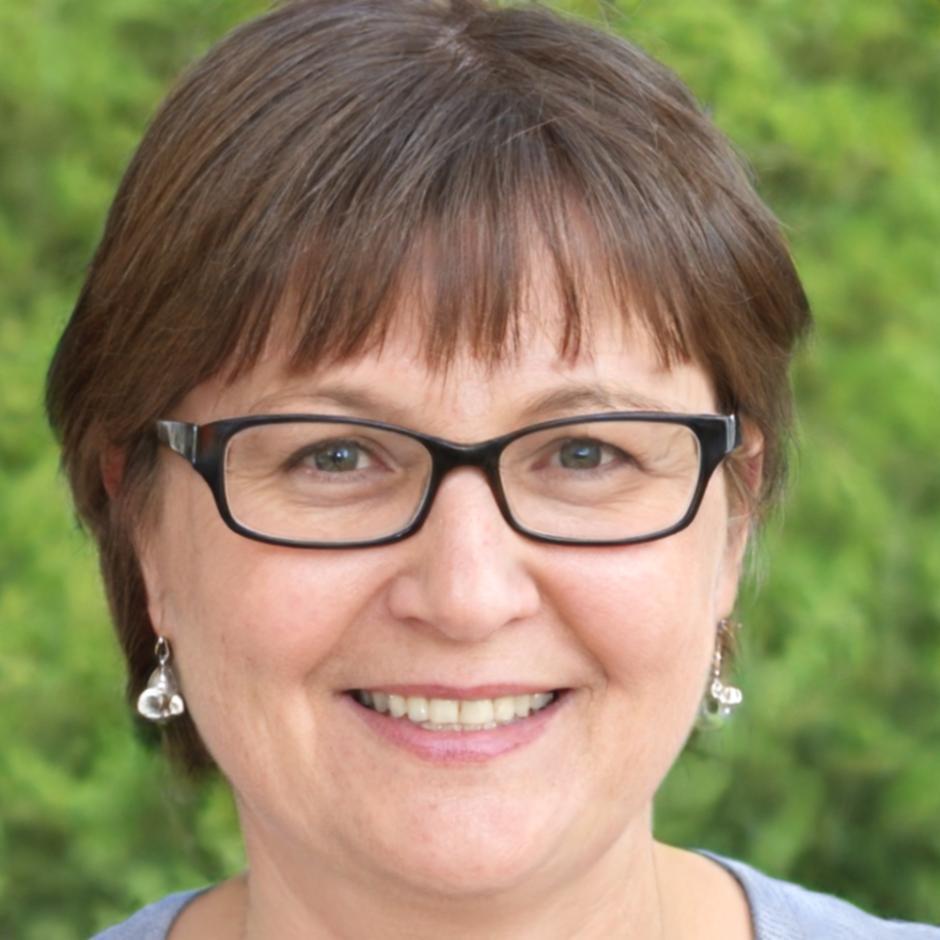How We Actually Teach Cost Management
Most finance courses throw spreadsheets at you and call it education. We start with why money decisions matter in real businesses, then build skills that stick. Our approach connects theory to the messy reality of budget pressures and competing priorities.
Practical Framework
Learning Through Real Scenarios
We don't use case studies from 1987. Each session starts with current business challenges – supply chain disruptions, inflation pressures, remote work costs. You'll work through scenarios that mirror what finance teams face right now.
Our sessions mix individual analysis with group discussion. You might spend 20 minutes evaluating a department's spending patterns, then compare your findings with others. Different perspectives reveal blind spots you'd miss working alone.
By autumn 2025, our programs will include quarterly business simulations where small teams manage budgets for fictional companies facing realistic market conditions. These aren't games – they're compressed versions of annual planning cycles that reveal how small decisions compound.

Building Skills Step by Step
We structure learning around how people actually absorb financial concepts – starting concrete, then adding complexity as your mental models strengthen.
Foundation Phase
First month covers core principles with minimal jargon. You'll learn to read P&L statements, track variances, and spot patterns in spending data. We use examples from multiple industries so concepts transfer across sectors.
Analysis Development
Months two and three focus on diagnostic skills. Given messy data sets, you'll practice identifying cost drivers, separating correlation from causation, and building evidence for recommendations. This phase includes guided peer review of analysis work.
Strategic Integration
Final months connect cost management to broader business strategy. You'll evaluate trade-offs between short-term savings and long-term capability, consider organizational dynamics, and practice communicating financial insights to non-finance stakeholders.
Applied Projects
Closing weeks involve supervised projects where you apply the full framework. Some students analyze their own organization's finances, others work with provided datasets. You'll present findings and receive detailed feedback before completion.
Who Teaches These Programs
Our instructors have worked in finance roles, not just studied them. They've navigated budget cuts, justified investments to skeptical executives, and dealt with the political realities of cost management.

Aldric Pembroke
Financial Planning Lead
Spent 12 years managing budgets for manufacturing operations. Knows the tension between cost control and maintaining quality. His examples come from actual variance reports he's explained to boards.

Thessaly Radcliffe
Cost Analysis Specialist
Background in retail finance where margins are thin and pricing errors are expensive. Particularly good at teaching practical forecasting techniques that don't require advanced statistics.

Barnaby Wickham
Strategic Finance Advisor
Former FP&A manager who's built dozens of business cases. Focuses on teaching communication skills alongside analysis – how to present numbers so they influence decisions rather than just inform.
Programs Starting Autumn 2025
Our next cohort begins in September 2025. Enrollment opens in May with early review for those who submit applications before June 15th. Class sizes stay small to allow meaningful interaction.
View Program Details